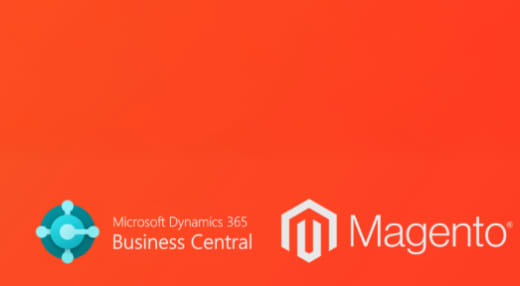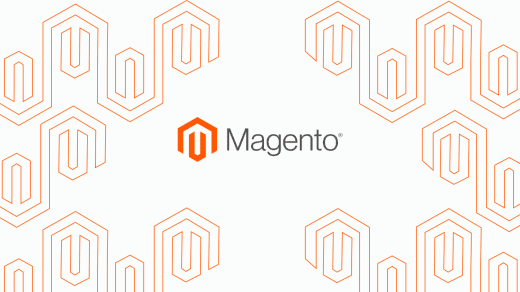Let’s start by getting a definition of headless commerce: it’s an architectural approach to eCommerce where the front end (the part the customer sees) is separate from the back end (where the data and admin processes take place).
This separation allows businesses to use different platforms to manage and deliver customer experiences across multiple touchpoints. For example, a retailer can use a modern front-end framework to create a powerful, engaging website or mobile app while still relying on an established back-end system for managing inventory, payments, and order management.
How Does Headless Commerce Work?
Headless commerce relies on Application Programming Interfaces (APIs) to connect the front end and back end. APIs facilitate seamless communication between systems, allowing the front end to request data (e.g., product information) and the back end to deliver it. This architecture provides businesses with:
- Flexibility to optimise the user interface (UI) without limitations enforced by the back end.
- Integration capabilities with services or platforms like payment gateways.
- Scalability across multiple channels, including mobile apps.
Headless Commerce vs. Magento + Hyvä
Magento is a popular choice for eCommerce, renowned for its robustness and flexibility. While it wasn’t initially designed for headless architecture, Magento's API-driven framework supports headless implementations when needed. Magento + Hyvä (a modern front-end theme built on Tailwind CSS) also offers a compelling alternative to traditional headless solutions that many businesses find practical and cost-effective.
Why Magento + Hyvä May Be a Better Fit
Simplicity and Efficiency: Hyvä provides a streamlined development process compared to building a completely headless front end. For instance, integrating modules in a Hyvä setup is significantly faster than in a fully headless architecture.
Performance: Hyvä uses server-rendered pages and caching while incorporating modern JavaScript libraries. This ensures high performance without the complexity of managing a decoupled system.
Balanced Flexibility: With Hyvä, businesses can still integrate headless CMS platforms like Builder.io when needed, allowing for a hybrid approach.
Cost-Effectiveness: Fully headless solutions often require substantial budgets, especially when working with custom front ends and APIs. Magento + Hyvä is a more accessible option for many businesses.
Business Cases for Headless Commerce
While Magento + Hyvä is a practical choice for most businesses, headless commerce could be a better fit in certain scenarios:
Large Teams: When front-end and back-end teams work independently, headless enables parallel development and specialisation.
Complex Setups: Businesses with multiple storefronts, mobile apps, or IoT integrations benefit from headless architecture's scalability and flexibility.
High Budgets: Fully headless solutions often require experienced developers and custom setups, making them more suitable for enterprise businesses with large budgets.
Custom Front Ends: If you're building a Progressive Web App (PWA) or highly personalised front-end experiences, headless commerce can offer the freedom to innovate.
Examples of Headless Commerce Platforms & CMS
Popular headless ecommerce platforms include:
Builder.io: A visual CMS tailored for headless architectures, enabling collaboration among UX designers, marketing teams, and developers.
Shopify Plus: Offers headless capabilities when paired with a custom front end.
Magento (with APIs): While not headless by default, Magento can be extended for headless use cases, particularly when paired with front-end frameworks like Vue Storefront.
BigCommerce: Supports headless setups through its API-first approach.
Contentful and Strapi: Headless CMS platforms that integrate seamlessly with eCommerce systems.
Leading Websites Using Headless Commerce Today:
Benefits of Headless Commerce
UI Flexibility: Developers have complete freedom to create bespoke designs.
Omnichannel Consistency: Deliver a cohesive customer experience across web, mobile, and other channels.
Agility and Future-Proofing: Update and iterate on the front end without impacting back-end stability.
Enhanced Performance: Use modern front-end frameworks for improved page load times.
Negatives of Headless Commerce
Complexity: Requires skilled developers to manage separate systems.
Higher Costs: Initial setup and ongoing maintenance can be more expensive than traditional platforms.
API Dependency: Heavy reliance on APIs can introduce risks if they experience downtime or inefficiencies.
Limited Out-of-the-Box Features: Requires custom development for functionalities typically standard in platforms like Magento or Shopify.
Hopefully this gives a bit more clarity to answer the question “What is headless commerce?” but if you want more info, we can help.
Ask the Experts
At Develo, we specialise in Magento development and have seen how businesses thrive with both traditional and headless setups. While headless commerce offers innovation potential, it’s not the right fit for everyone. For many, Magento + Hyvä strikes the perfect balance, offering modern front-end capabilities without the complexity or cost of a fully headless approach.
If you’re considering headless commerce, Magento + Hyvä, or hybrid setups, our team can help assess your unique needs and recommend the best path forward.
Rebecca Ebdon-Taylor
eCommerce & Project Management Specialist
Rebecca is a Project Manager and Marketing Specialist who has been working in eCommerce since 2012 and has been with Develo since 2022. She became certified in Digital Marketing in 2015. Rebecca enjoys the diversity of digital marketing, no two days are the same and the evolving nature of marketing means she is always learning something new! Outside of work she can be found walking her cocker spaniel or playing netball!
Develo is a leading Magento agency and eCommerce web development company based in Birmingham, in the UK, serving clients globally since 2010. Our Blog covers topics around the array of services our certified Magento Developers offer, including Hyvä themes development, Adobe Commerce, Magento Punchout catalogues, ERP integrations and much more. To speak to a friendly member of the team about your next project, contact us here.


